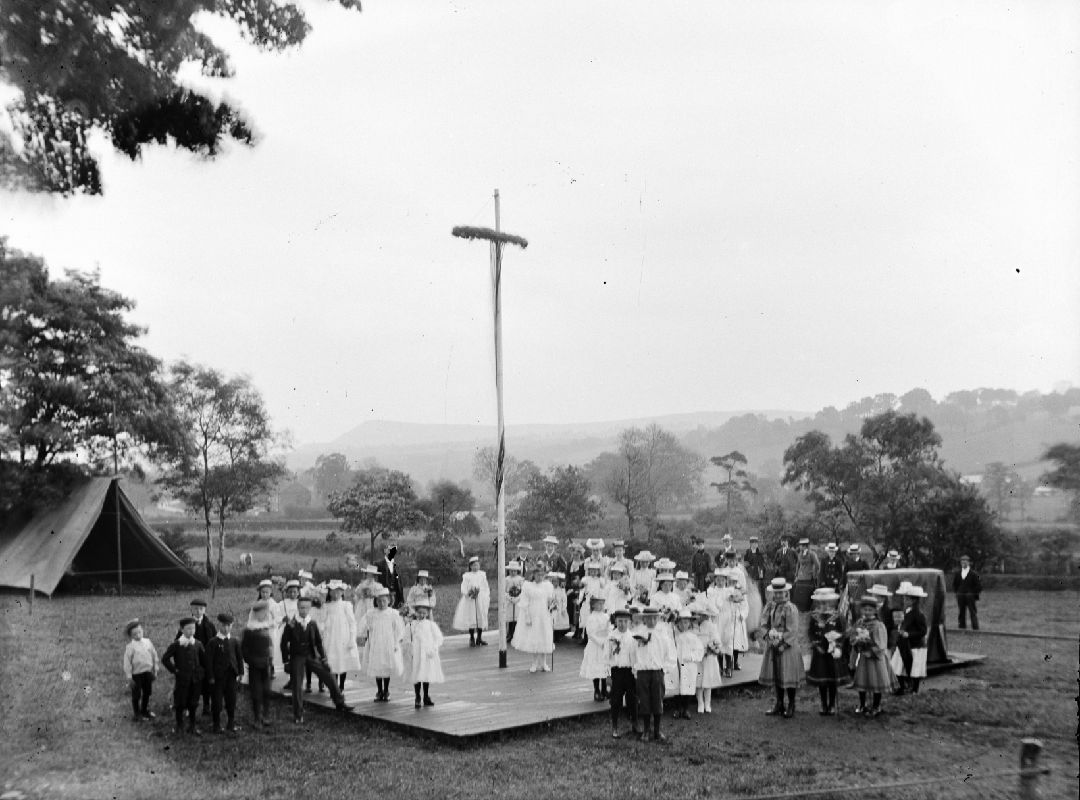
May Day is an official holiday in 66 countries and unofficially celebrated in many more, but ironically it is rarely recognised in the country where it began, the United States of America.
It’s a celebration that has a long and varied history, dating back thousands of years, during which there have been many different events and festivities worldwide.
Many folklore customs have their roots planted firmly back in the Dark Ages - when the ancient Celts had divided their year by four major festivals. Beltane or ‘the fire of Bel’, had particular significance to the Celts as it represented the first day of summer and was celebrated with bonfires to welcome in the new season.
They believed May 1 to be the most important day of the year, as it marked a division of the year – between the light and the dark - and fire was used as a symbolic ritual to mark the return of life and fertility to the world.
Although summer does not officially begin until June, May Day marks its beginning. When the Romans took over the UK, they introduced a five-day celebration called Floralia, which was eventually combined with Beltane.
Banned by the Church
The pagan roots weren’t welcome by the established Church or State and when May Day celebrations were banned in the sixteenth century, there were riots. Fourteen rioters were hanged, and Henry VIII is said to have pardoned a further 400 who had been sentenced to death.
One of the key traditions of May Day is the Maypole which is believed to have originated in medieval times. Dancing around the Maypole would start with the villagers entering the woods to find a maypole that was set up. It was usually set up just for the day in small towns, but sometimes it was set up permanently in larger cities. Celebrations would carry on all day, with people dancing around the pole dressed in colourful streamers and ribbons.
Oliver Cromwell and his Puritans banned maypole dancing as ‘a heathenish vanity generally abused to superstition and wickedness’. However it returned to village greens after the restoration of Charles II.
‘The Merry Monarch’ built a massive 40 metre high maypole in London’s Strand which signalled the return of the fun times, and remained standing for almost fifty years.
It is thought by many that the first maypole dance originated as part of a fertility ritual, where the pole symbolised male fertility and baskets and wreaths symbolised female fertility.
License this feature
The body of this feature has been restricted...
